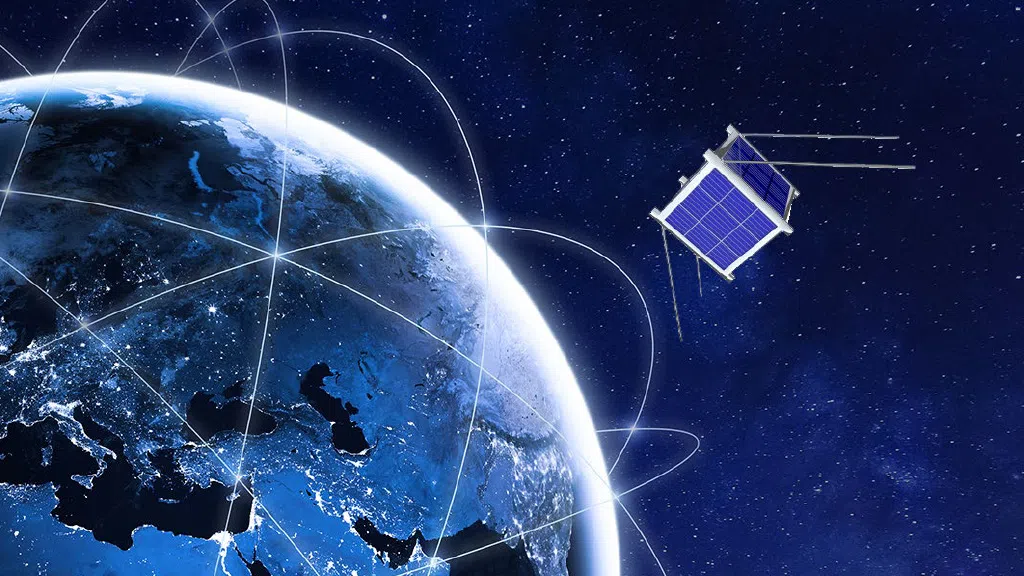Small satellite technology has become an increasingly powerful tool, supporting multiple missions, functions, and capabilities. The versatility of small satellites – generally those weighing under 500 kilograms – has made them essential to provide seamless and reliable communication services worldwide.
The new Handbook on Small Satellites from the International Telecommunication Union (ITU) offers insights and guidance on design, launch, and operation in this rapidly advancing segment of the space industry.
Technologies, regulations, and practices
The handbook’s nine chapters and two annexes describe in detail, the key technologies, regulatory elements, and best practices for small satellite deployment.
The new publication aims to:
- Extend international cooperation on small satellite development.
- Promote rational, equitable, and efficient use of radio-frequency spectrum and associated satellite-orbit resources to support global uptake of these technologies.
- Provide detailed regulatory guidance for administrations, operators, and service providers, particularly in the application of the ITU Radio Regulations.
- Support technical assistance in developing countries and markets for small satellite utilization.
- Help administrations and new entrants understand frequency allocation requirements and small satellite descriptions, along with Earth segment characteristics, mission types, space object registration, launch considerations, and space debris mitigation.
- Raise international awareness about key drivers, restraints, challenges, and opportunities.
- Ensure interference-free operations of small satellite systems through regulatory adherence, including continuous, global and regional information sharing.
- Provide a reference tool for small satellite operators and service providers, as well as national regulators.
Advancing the global satellite industry
The ITU-R Handbook on Small Satellites is intended to remain a living document that will be continually updated to support established space administrations and newcomers alike, Maniewicz says.
“I am confident that this comprehensive resource will not only serve as a cornerstone for enhancing the understanding and utilization of small satellites but also make a substantial contribution to the advancement of the global satellite industry,” he adds.
Projects in the small-satellite sector can support traditional satellite applications, such as data communications, Earth exploration and space research. But they also enable governments and companies to build multi-satellite fleets or constellations, to support high-speed Internet access worldwide.
This capability allows the integration of 5G and Internet of Things (IoT) services, business intelligence, and smart cities functions, and aids in accomplishing a wide range of challenging tasks in space.
For new entrants, including start-ups, research institutes and universities, the technical and capital barriers are relatively low, given the simpler design, flexible launching requirements, and modular payload configurations for small satellites.
Small satellites can also host experiments and demonstrations of space technology, serving as a proving ground for new concepts, designs, and products in the real space environment. Those designed for educational missions help students learn about astronomy, geophysics, space physics, and more – as well as directly investigate various aspects of satellite technology.
Scientific missions must always balance limitations due to small size against considerable cost savings compared to conventional satellites. Small satellites can even be an economic choice for exploration missions beyond the Moon.
They can either conduct deep-space exploration missions independently or cooperate with large probes, manned spacecraft, landers, rovers, or returners, providing technical verification, process monitoring, remote sensing, communication, and other vital mission support.
As Maniewicz notes: “Small satellite evolution is rapidly advancing the whole satellite industry, creating new opportunities for countries worldwide to develop and use space services.”
Download the handbook: https://www.itu.int/hub/publication/r-hdb-65-2023/





